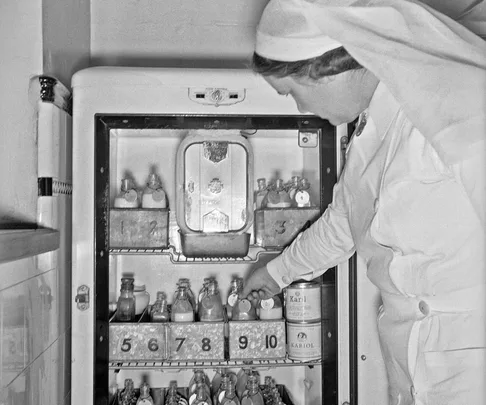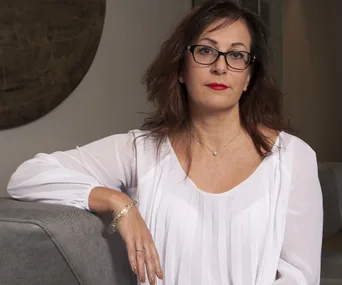When he wasn’t pondering the possibilities of eugenics and compulsory sterilisation of sex offenders and the mentally defective, pioneering paediatrician M. Truby King formed a society to educate women about childcare.
In fact, he was the driving force behind two complementary organisations: Plunket and the lesser-known Karitane. From its beginning in 1907, it grew rapidly and by 1912, there were 60 Karitane Homes for Babies around the country.
Karitane and Plunket nurses had slightly different qualifications, according to an article on the NZine website. “The Plunket nurse trainees included nurses who had completed their general training and become registered. Other young women were trained to take care of babies from newborns to two-year-olds and became Karitane nurses.”
The role of the Plunket nurse was and is to pop in and monitor infant wellbeing in the early days and weeks. The Karitane nurse’s role was slightly different, with more emphasis on educating and caring for the mother, often living in. It was not uncommon for a nurse to be employed to look after children while mothers went on holiday.
Oddly, the caregivers themselves needed help just to get dressed. “The uniform included a cape, white shoes and stockings, and white organdie squares which were fashioned into a cap with ‘wings’ at the back. To put these on a nurse needed assistance as they had to be pleated from behind.”
The name Karitane will forever also be associated with Karitane ointment for, as King wrote, “It is wise to keep a soothing ointment in the house in case baby’s buttocks become sore at any time.” He suggested mothers ask their chemist to make up his concoction of 1 ounce white Vaseline, 1 drachm (dram) zinc oxide, 1 drachm almond oil and 1.2 drachm lanoline. It was, he said, used in all the Truby King Karitane baby hospitals throughout the world.
Other brand extensions, as today’s marketers would call them, included infant formulas Kariol, Karilac and Karicare.
Possibly the most celebrated Karitane nurse – even if her name is little known today – was Miss Margaret Sadler, who experienced celebrity by association when she was appointed head nurse for the Lawson quintuplets when they were born in 1965. Sadler was the ideal nurse – single and childless herself, but devoted to children. For her, having five babies at once was all she could have wished for.
Her previous experience included assignments in remote rural areas where she not only cared for babies while their parents went on holiday but also pitched in cooking for shearers.
She underwent serious vetting before being given the live-in role with the Lawsons. Her skills had already made her much in demand and before she would accept the job, she insisted the families who had booked her for a year and half ahead would have to agree to release her.
Today, your Karitane nurse is likely to come from the Karitane Nurses and Nannies Bureau. “We came about in 1978 when the government closed down the Karitane hospitals and stopped the training,” says manager Kristen Varley.
“Then a lady who was a Karitane nurse started the bureau because she saw there would be a need, especially with women increasingly leaving hospital just a day or two after giving birth. The present owner, Miranda Smith, has had it for 12 years.”
The bureau’s workers perform all the functions the old Karitane nurses did, from giving mums a break to helping with medically fragile babies. But without the uniforms.
Words by Paul Little
Photos by Courtesy Alexander Turnbull Library, Wellington, New Zealand



